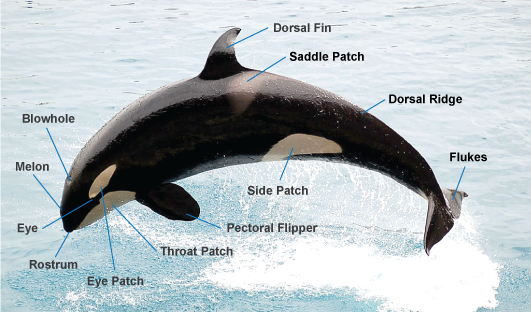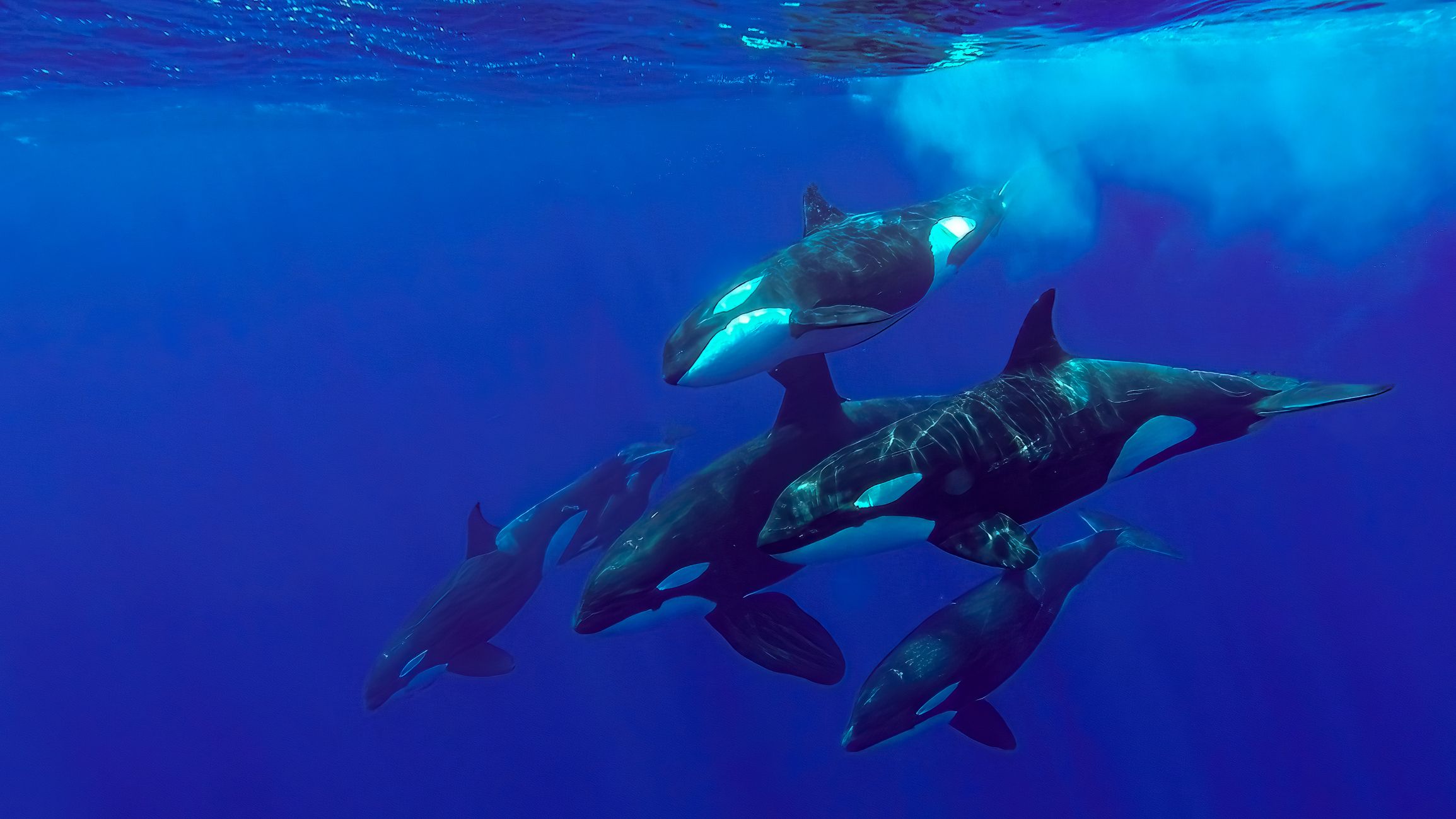

Orcas, or killer whales, have intricate social structures organized into family units called pods. These pods are primarily made up of related individuals, such as mothers, their offspring, and sometimes other close relatives. Leadership within the pod typically comes from the matriarch, the oldest and most experienced female. The social ties within a pod are strong and are maintained through sophisticated communication, including various vocalizations that help with hunting and social interactions. Additionally, pods can group together into larger aggregations known as clans, which share specific vocal patterns and cultural practices.
In orca societies, pods represent tight-knit family groups where relationships are primarily based on bloodlines. A pod is usually led by a matriarch, the oldest female, who plays a central role in guiding and protecting the group. The members of a pod communicate through complex vocalizations that facilitate hunting and social bonding. Beyond individual pods, orcas can form larger, loosely connected groups known as clans, which share similar vocal patterns and behavioral traditions
These pods are family-centric groups typically led by the oldest female, or matriarch, who oversees and influences the group's activities. The members of a pod are usually related, including a mother, her offspring, and occasionally other relatives. Communication within the pod is advanced, with orcas using a variety of sounds to coordinate activities and maintain social bonds. Pods can occasionally come together to form larger aggregates known as clans, which are defined by shared vocalizations and cultural practices.

